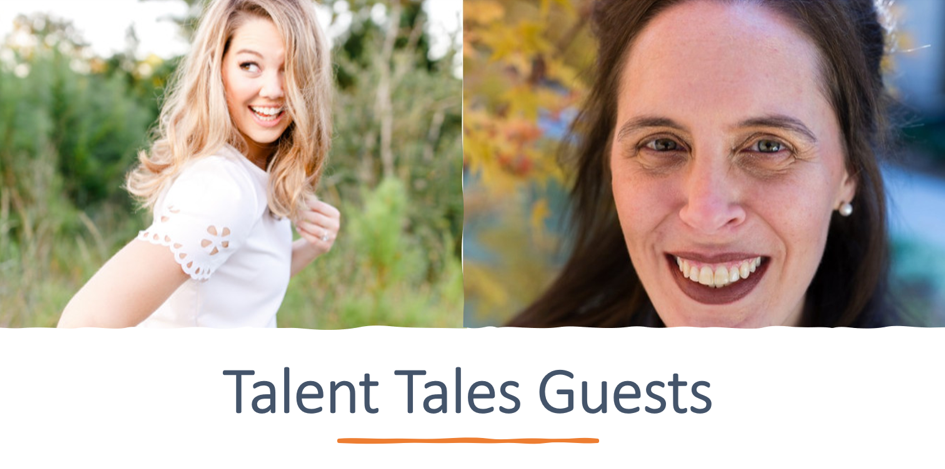In this Talent Tales episode, talent.imperative Founder Nicole Dessain had the honor to interview Ashley Eisenberg (Sr. Director Program Management, People Solutions) and Rachel Franco (Program Designer – Innovation Framework) at Change Healthcare.
Ashley’s superpower is the ability to identify and solve complex problems. Early on in her career, a mentor encouraged her to always raise her hand when it came to new assignments. That’s why she considers herself to be a “hand raiser” and a problem solver. That’s also what got her into HR after a career in consulting. Ashley enjoys that there is always a challenge to tackle and people to help. Ashley discovered design thinking about seven years ago in her first role at Change Healthcare when she was leading the Accelerated Development Program – a rotational program for recent college grads. Part of their curriculum for leadership development was design thinking. When the concept of design thinking was introduced to the group, she couldn’t just stay an observer anymore but wanted to apply the method herself. Ashley fell in love with this different way of thinking. For her, bringing design thinking to the employee experience has given meaning to the tagline “you don’t have to be the smartest person in the room”. One of the goals for employee experience at Change Healthcare was to make it easier for employees to connect with each other and to bring in the voice of the employees from the beginning. Initially, Ashley set up an employee experience think tank where employees got a chance to ideate and test new HR programs.
Rachel’s superpower is coming up with creative solutions. Rachel got her second master’s degree in her forties which marked a significant career shift for her. This move signifies her sense of curiosity, the courage to pivot, and openness to experiment. This mindset also powers Rachel in her current role at Change Healthcare where she uses design thinking in an innovation context. Rachel started to partner with HR around design thinking to showcase applications of the method beyond the world of product management and the fact that it’s not just applicable to external customers. The most recent example of partnership was in the context of “DT Palooza” – a week of design thinking skill building for employees that culminated in an ideation session where participants where able to apply the skills they learned to tackling a real-life employee experience challenge.
Encouraging a shift in mindset toward putting the users in the center, the notion that design thinking takes too much time, and getting leadership buy-in at the beginning of the organizational design thinking journey were some barriers the team had to overcome. Showing that this approach doesn’t have to take a lot of time and sharing real life employee stories helped to overcome these initial roadblocks. At this point, Ashley is observing a visible mindset shift – which to her is one of the biggest measures of impact. For example, at the beginning of every project, leaders will ask unprompted for the voice of the employees to be included.
Want to learn more about how to set up an employee experience think tank? Watch the entire interview on YouTube or listen to the Podcast.


